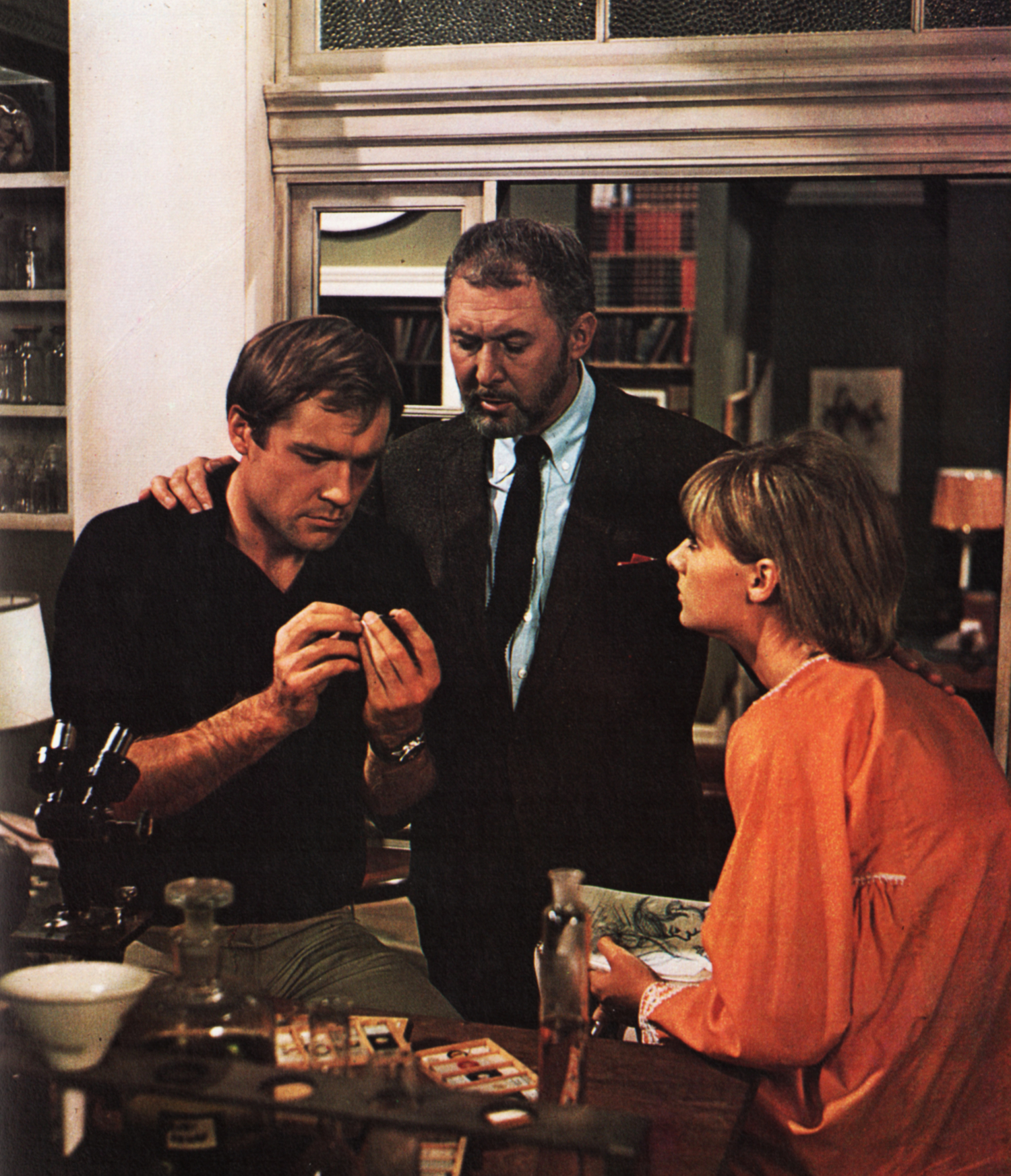The most striking endorsement yet of the merits of Colour Television – that is how the Independent Television Authority regards its engineering plans for the new multi-million-pound network of 625-line, UHF transmitters designed to provide compatible pictures in either black-and-white or in colour.
In some areas, before the end of 1969, over 50 percent of all Independent Television programmes are expected to be transmitted in colour as well as in black-and-white. This percentage is expected to build up rapidly, with the vast majority of programmes in peak viewing times going out in colour. Altogether, viewers should have the choice of well over 100 hours each week of three-channel colour (ITV, BBC1 and BBC2).
The new UHF service must inevitably take some years to reach as many viewers as the existing VHF network. The service, for national coverage, may require as many as 60 main transmitters and many hundreds of relay stations.
But almost half of the population will be reached by the first seven main stations, being planned for operation in 1969, and as many as four out of five of the population should be within range of an ITA UHF/Colour station by about the end of 1971.
The network of stations is being planned jointly by the ITA, the BBC and the Post Office. The ITA and the BBC will share the sites and masts, some of which are already in use for BBC2. This will allow viewers to receive all UHF transmissions in a particular district with one receiving aerial of the correct group.
The PAL colour television system adopted in Britain consists of a standard monochrome signal with a separate colour signal encoded into the transmission. This means that ordinary monochrome television sets can ignore the colour information and provide a high quality black-and-white picture. For colour reception, a special colour receiver is needed, but this can show also programmes in black-and-white.
Some idea of the magnitude of this ambitious engineering project can be gathered from the fact that the ITA VHF 405-line network – built up over 14 years – consists of just over 40 transmitters including low-power relay stations. Now ITA are starting again from scratch – with the final objective of a network having well over ten times the number of VHF transmitters.
This involves not only ITA – which is spending more than £10 million [£171 million in 2019 allowing for inflation] on the first phase of this project – but also the associated programme companies who are simultaneously having to change studio equipment – cameras, lighting, videotape recorders, film telecine machines and all the other paraphernalia of modern television broadcasting – all in readiness for 625-line colour.
From the ITA transmitters will come all the established favourite Independent Television programmes in colour from some 40 colour-equipped studios – with the new experience of seeing what advertisers also can do to underline the impact of colour.
Many programme companies have already valuable experience in producing colour programmes for export – and many will testify to the excitement of seeing on closed circuit previews many of the Top Twenty programmes in colour.








